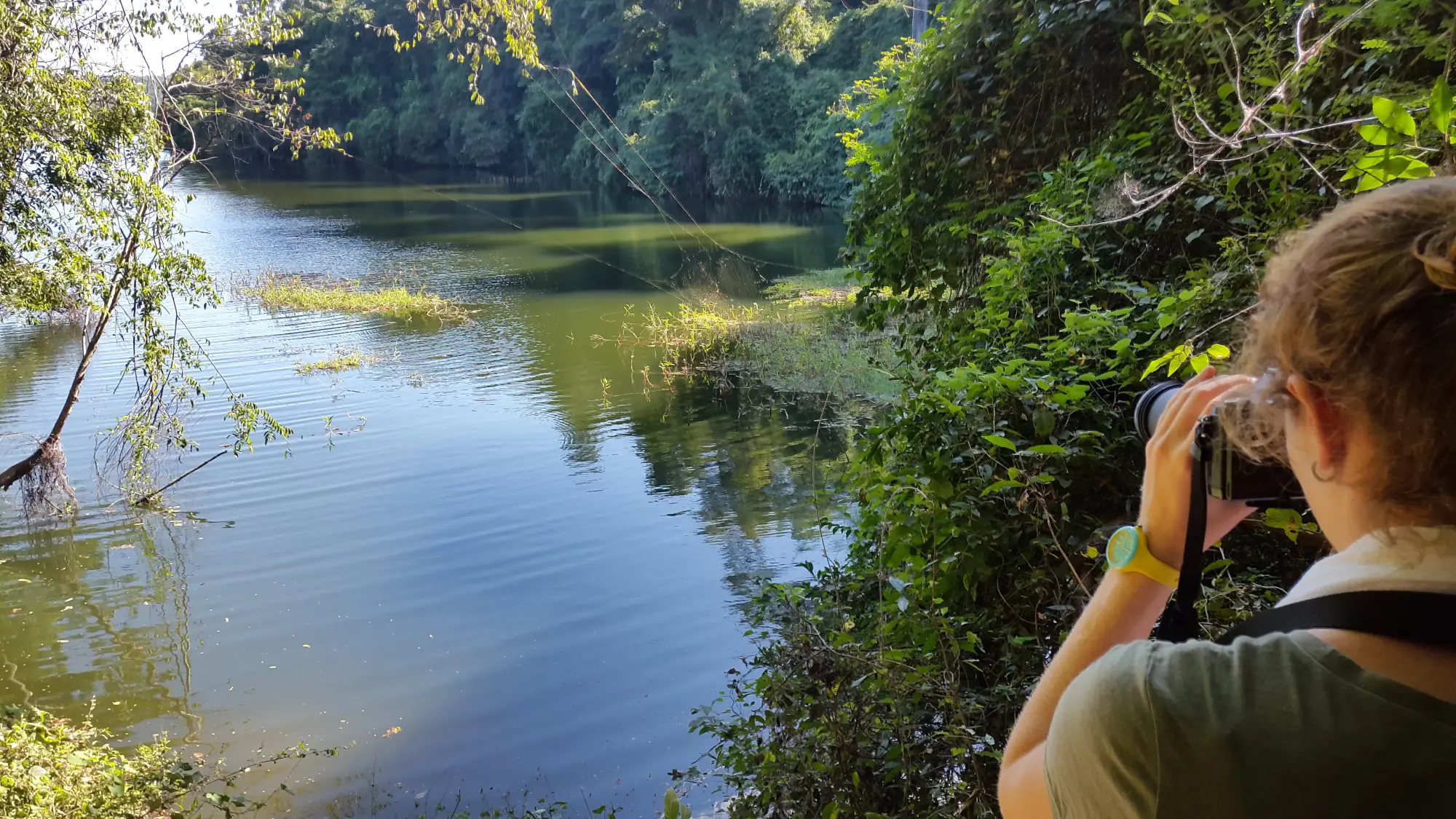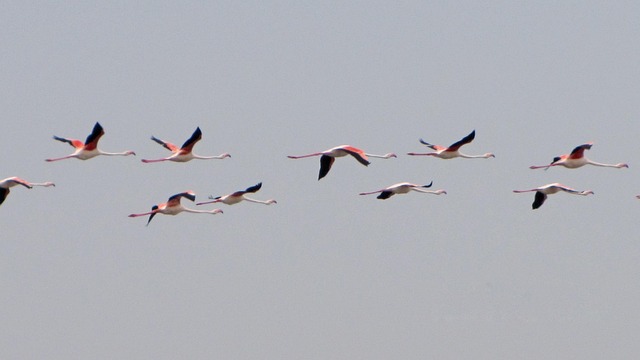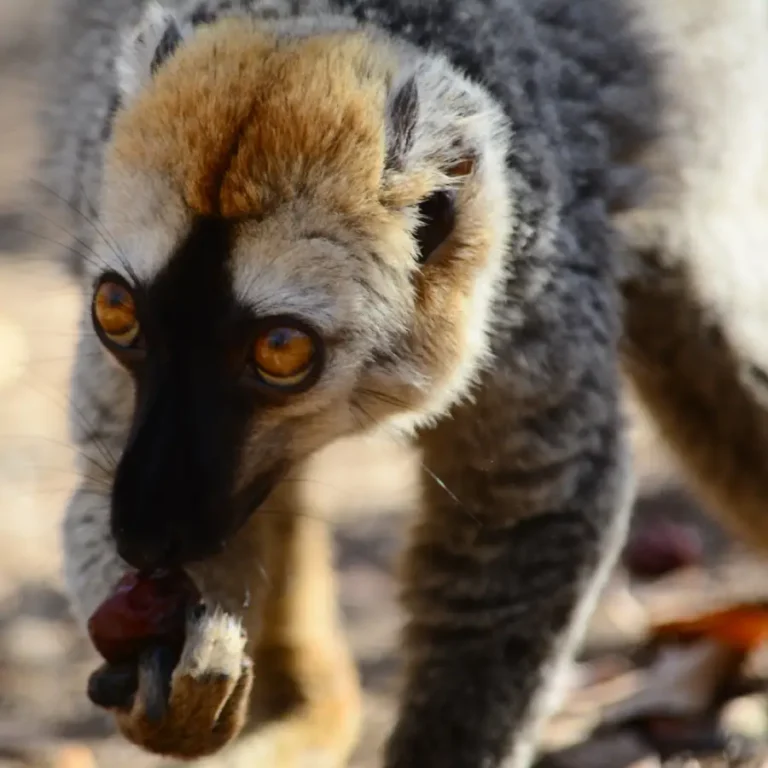Madagascar currently has between 20 and 21 wetlands classified as Ramsar Sites, recognized worldwide for their importance in biodiversity conservation and ecosystem services. These areas include diverse habitats such as lakes, mangroves, marshes, coral reefs, and humid forests. They shelter wildlife and plant species that are often endemic and threatened, making these sites valuable ecosystems for the island.
However, these wetlands are fragile and face several threats. Deforestation and land conversion for agriculture, livestock, or urbanization reduce their size. Overexploitation of resources, especially through excessive fishing, wood collection, and poaching, weakens these environments. Pollution from waste, pesticides, and sewage degrades the quality of aquatic habitats. Climate change brings droughts, floods, and rising sea levels, endangering both coastal and inland wetlands. Finally, the introduction of invasive species disrupts the natural balance.
Among these sites, some are particularly well known. Lake Alaotra, the largest lake in Madagascar, is home to threatened species such as the lemur Hapalemur griseus alaotrensis, the Delacour’s grebe, and the Madagascar duck. However, this lake is under pressure from intensive rice farming and deforestation. Lake Kinkony, part of the Mahavavy Kinkony complex, is another Ramsar Site rich in biodiversity but faces human pressure linked to fishing. The Torotorofotsy marshes are important for the conservation of lemurs, amphibians, and birds but are threatened by slash-and-burn agriculture and artisanal mining. The mangroves of Tsiribihina and the coral reef barrier of Nosy Ve – Androka protect the coast and support local fishing but suffer from deforestation, pollution, and climate change.
The conservation of these wetlands is vital not only for protecting endemic species but also for regulating the climate, protecting soils and water resources. It is also essential for local communities who depend on these environments for their livelihoods and culture. These wetlands are therefore precious but fragile natural treasures that require careful management and constant attention to preserve their balance.






